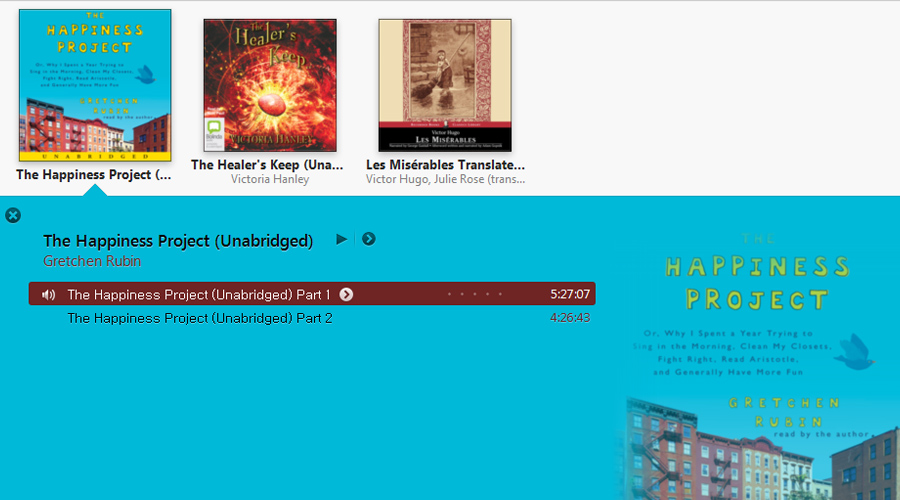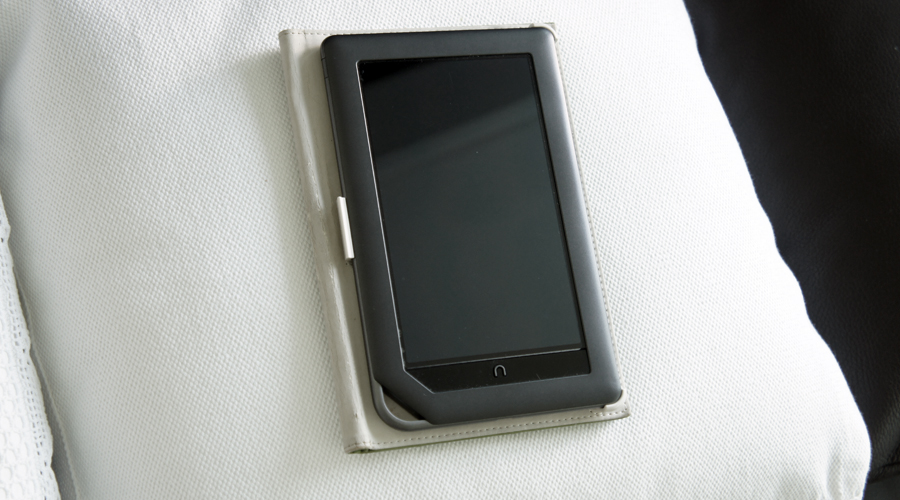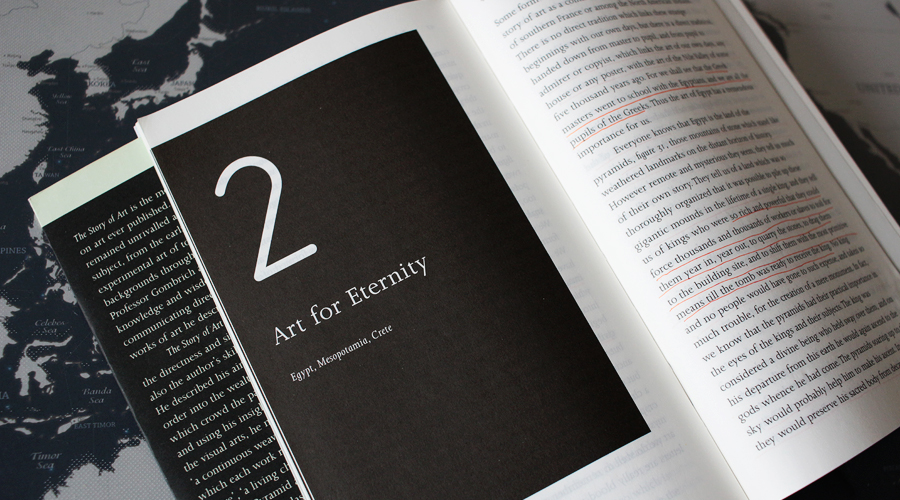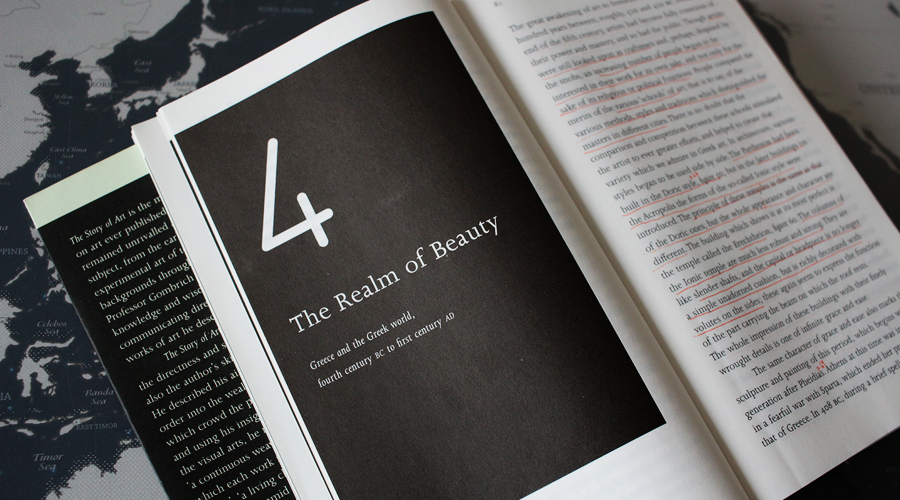
I’d regretted not having taken an Art Survey course before going on my trip to Europe, but I’m glad that I’m reading through Gombrich’s The Story of Art now as it discusses so many things that I saw while I was there! Right off the bat it talks about the Parthenon and the different column styles that developed over the years. Columns with a plain flat top like those of the Parthenon are known as the Doric style. Columns that have a swirl on either side, sort of like the horns of a ram, are known as the Ionic style. Then we have the Corinthian style:
…called after the wealthy merchant city of Corinth…foliage was added to the Ionic spiral volutes to decorate the capital, and there are generally more richer ornaments all over the building (p. 87).
So most of the columns that I saw while I was in London and Paris were columns in the Corinthian style. The columns on the exterior of Saint Paul’s Cathedral, the columns in the Versailles, and interestingly enough the columns of the Madeleine Church. It’s interesting that the Madeleine Church decided to make columns in the Corinthian style when the original Parthenon is in the Doric style. I suppose it could be considered an obvious choice since the goal wasn’t to make a replica, and the Corinthian styled columns are more decorative. The columns on the exterior of the British Museum are in the Ionic style as are the columns of the Neried Monument that was on display.
Chapter four also discusses the frieze of the Parthenon which was also on display at the British Museum! Luckily I managed to snap the description as well as the frieze on the first photo so I can confidently tell you that this is part of the East frieze and the 4 girls on the left are carrying jugs of liquid to be used for sacrifices. All these people are part of procession and the girls on the right are carrying some sort of object that looks like a trumpet. It’s really a pity that there was so much damage done to the frieze so that most of them are without heads or limbs.
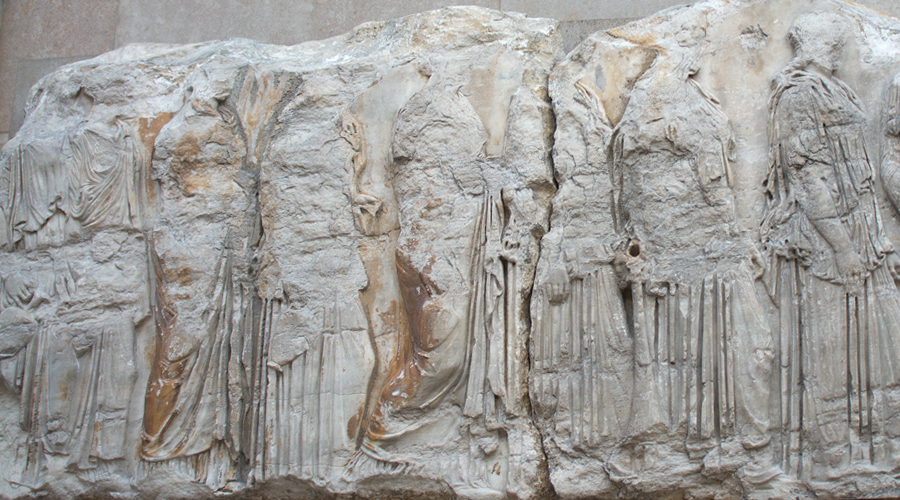
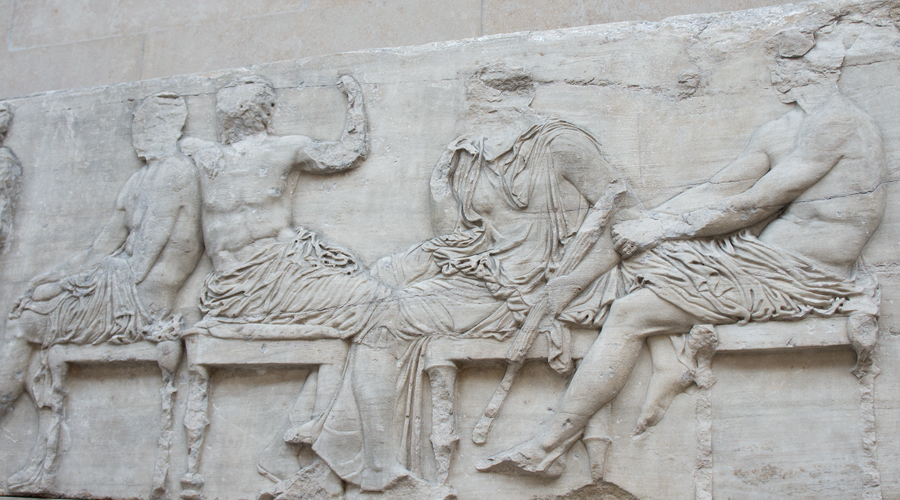
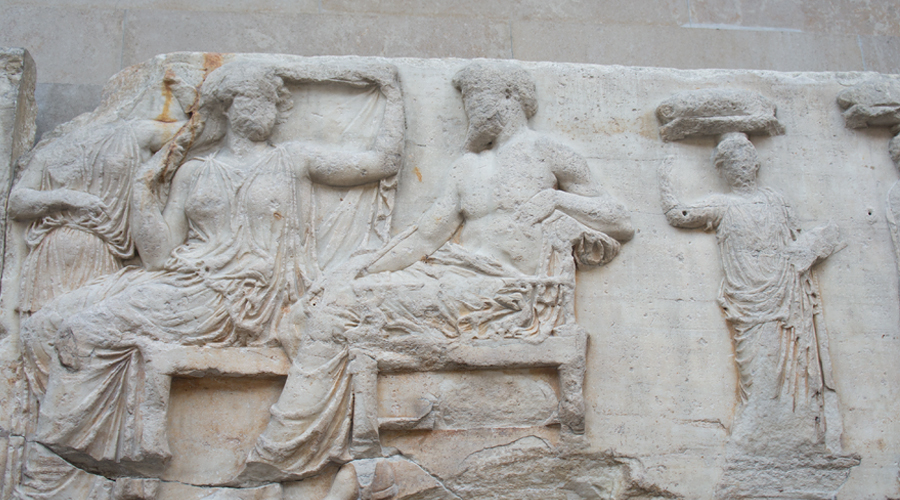
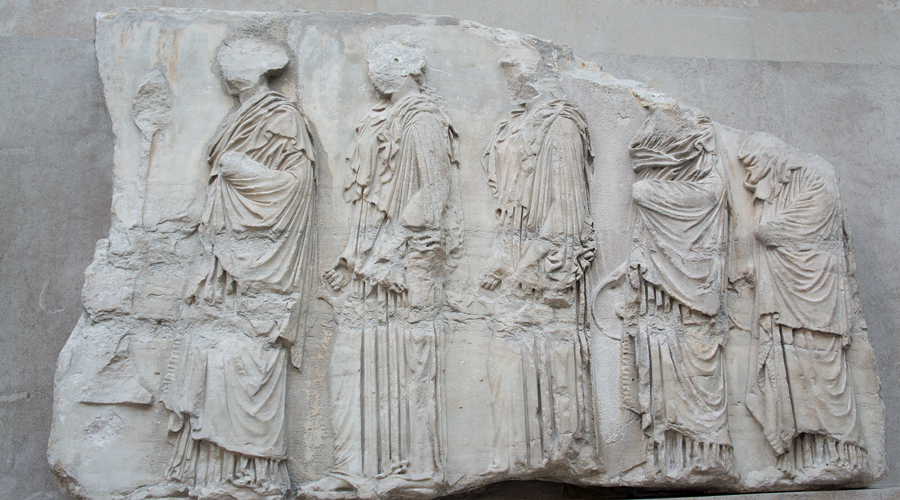
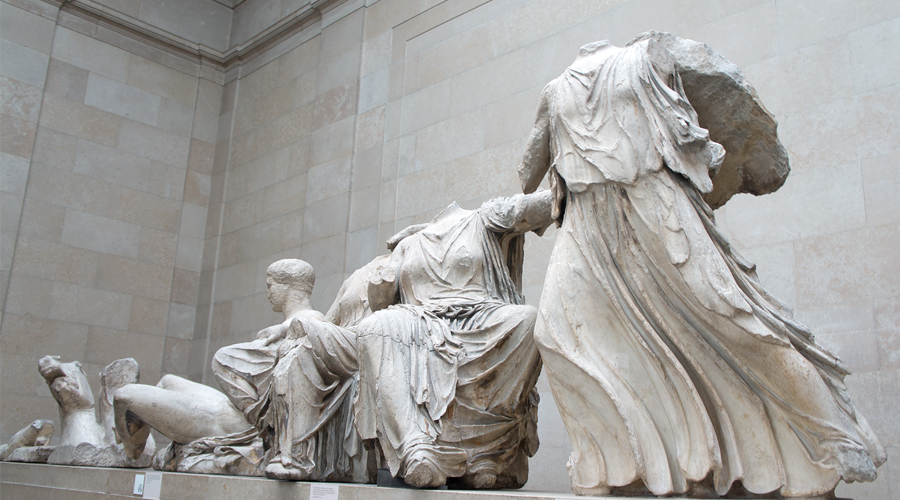
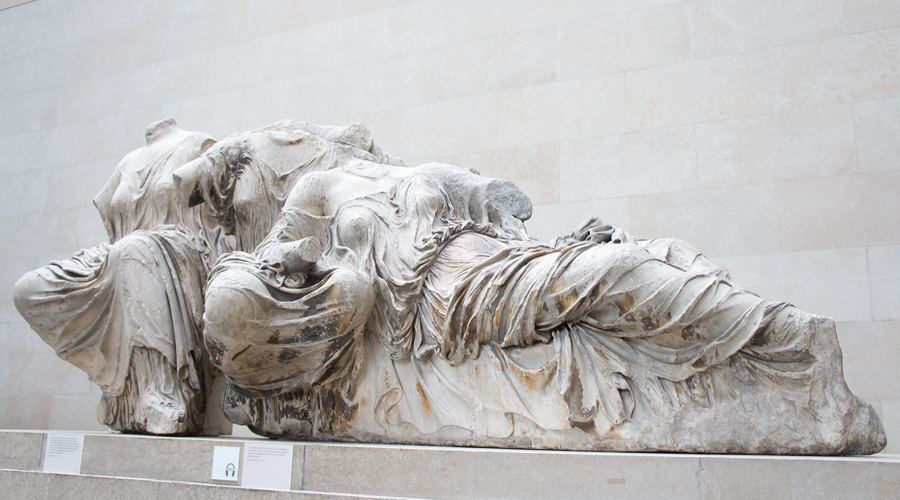
This reclining woman is believed to be Aphrodite, goddess of love and beauty. In discussing the frieze and Greek statues, Gombrich mentions the difference between Greek art and ancient art.
…all traces of rigidity have gone… takes care to show us the hinges of the body, to make us understand its working as clearly as possible. But [the artist] can now do all that without keeping his statue stiff and lifeless. He can show the muscles and bones swelling and moving under the soft skin, and can give the impression of a living body in all its grace and beauty (p. 83).
This is something I really like about Gombrich’s writing. He explains how art in different time periods and different areas influence other artworks and points out the changes as well. I’m starting to see the larger scope of development and how art evolved over time. It was interesting that early Greek art doesn’t really have portraits of individuals, but focused on creating beautiful beings. Chapter four also answered a question I’ve long had about the peculiar facial expressions of Greek/Roman sculptures.
…avoided giving the heads a particular expression. This is really more astonishing than it seems at first sight, because we can hardly scribble any simple face on a scrap of paper without giving it some marked (usually a funny) expression… are not expressionless in the sense of looking dull or blank, but their features never seem to express any strong emotion. It was the body and its movements which were used by these masters to express what Socrates had called ‘the workings of the soul’ (p. 85.).
I also finally learned what Hellenistic art means. I’ve heard the term here and there but never really understood (or remembered) what it means. Hellenistic art is Greek art after Alexander the Great made his empire. Gombrich mentions two major Hellenistic works. The first is the Pergamon Altar which is currently in the Pergamon Museum in Berlin. Apparently the exhibit is closed till 2020 due to remodeling of the exhibit hall so I will probably not be traveling to Germany in the near future. It’s really disappointing to travel and find that something you really wanted to see is under construction. I still get a little mopey thinking about how I didn’t get to see the Trevi Fountain because they started a restoration process. How exactly are they calling it a restoration of they are letting rats run rampant over the most beautiful fountain in the world? Anyway, it’s interesting to note that there is a change from earlier Greek sculptures:
….we look in vain for the harmony and refinement of early Greek sculptures. The artist was obviously aiming at strong dramatic effects. The battle rages with terrible violence…. the relief is no longer set flat on the wall but is composed of almost free-standing figures which, in their struggle, seem to overflow on to the steps of the altar as if they hardly troubled about where they belonged (p. 87).
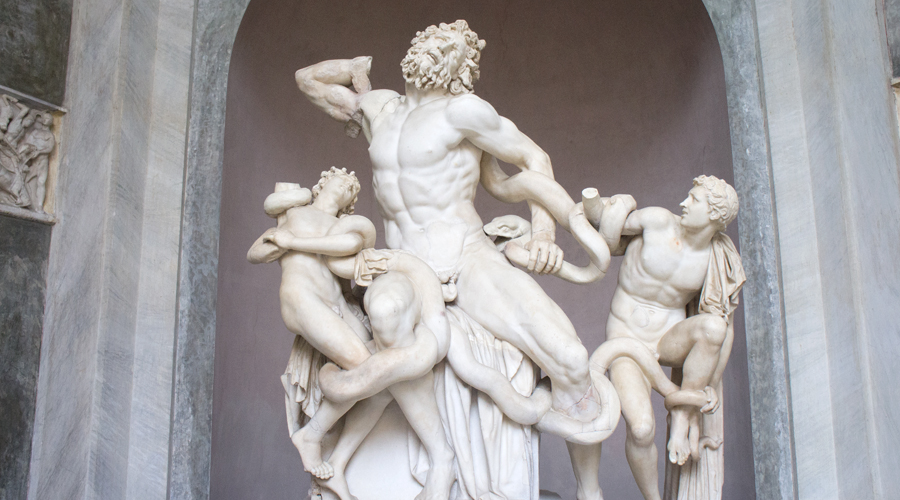
The second Hellenistic work that Gombrich mentions was the statue of Laocoön and His Sons, which I did get to see inside the Vatican Museum in Rome. I had actually seen a picture of this sculpture before I saw it in the museum and was surprised how relatively small it was. By then I was used to seeing large marble sculptures and had naturally come to think that this would also be quite big as it featured a muscular Trojan priest writhing in agony while being suffocated by snakes.
The last thing discussed in the chapter were paintings, all of which have been lost. So Gombrich looks towards paintings that were uncovered in Pompeii, the city that was buried in ash due to a volcano eruption. I was fortunate enough to go to a Pompeii exhibit earlier this year at the National Museum of Korea and saw some of the mosaics and wall paintings as well as the various artifacts that were uncovered in Pompeii.
Almost every house and villa in that town had paintings on its walls, painted columns and vistas, imitations of framed pictures and of the stage… We should hardly cut so good a figure if one of our seaside resorts were to be excavated by posterity (p. 89).
It makes me wonder why these days we live with simple wallpaper or a painted wall usually of one solid color. We say life has never been easier or better but architecture seems to be getting plainer in these modern and minimalist times. After seeing all the beautiful wall and ceiling paintings in the Versailles, and the beautiful wall paintings of Pompeii I’m beginning to think that I might like to have painted walls and ceilings in my room!
Your turn ♥ Are you interested in Greek/Roman sculptures or architecture? Which myth is your favorite?


